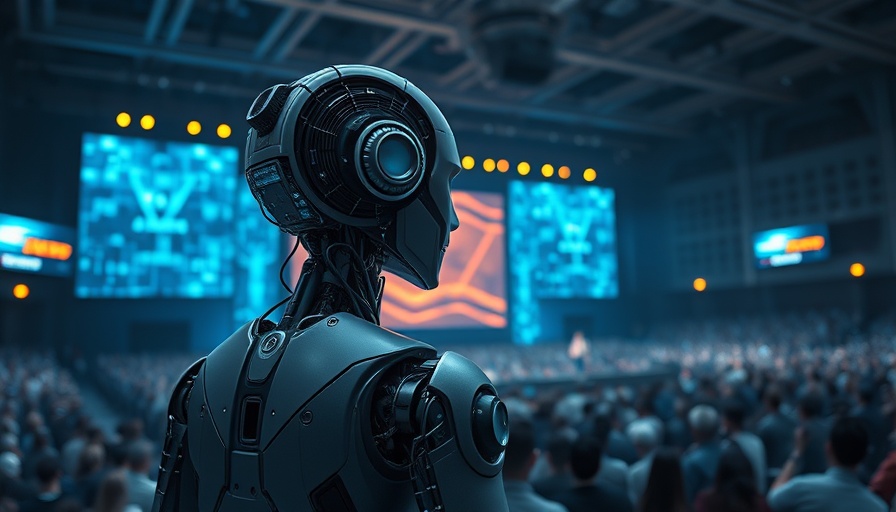
Unlocking New Possibilities: The Future of AI Relighting
In the fast-paced world of technology, a new development is promising to revolutionize image manipulation: an AI relighting technique that solves long-standing problems in photo editing, an area where traditional software like Photoshop has often fallen short. With this groundbreaking approach, business owners, photographers, and graphic artists can now transform 2D photographs into dynamic, 3D-like scenes with realistic lighting changes.
In 'Forgotten AI Research Solved The Problem Photoshop Never Could!', the exploration into AI relighting technology reveals how it can fundamentally enhance photo editing and visual content creation for businesses.
Understanding the AI Relighting Process
The relighting process begins with a two-step method: first, the original lighting of the 2D photo is effectively removed, a task made feasible by past research. This is followed by rendering the flat image into a rough 3D model, utilizing the capabilities of AI-driven software. Previous limitations of manual editing are addressed as this technology allows for seamless addition and adjustment of light sources, mimicking a natural lighting setup.
A Game Changer for Creative Businesses
For creative businesses, from marketing agencies to photography studios, the implications of this technology are profound. It enables companies to create more engaging visual content without investing excessive time in manual adjustments. With just a few clicks, businesses can now switch the time of day in their photos or adjust the scene's ambiance, leading to more captivating advertisements or artistic displays. The potential for enhancing customer engagement through visually stunning content is immense.
Redefining Artistic Control
Traditionally, artists had limited control post-shutter. However, the introduction of AI relighting transforms static memories into editable environments. This shift not only empowers artists but also enhances brand storytelling. Businesses can create diverse narratives around their products using immersive imagery that feels alive. The ability to adjust scenes and lighting in a matter of seconds, as revealed in the video, is a feat unprecedented in the realm of photography.
Practical Applications for Business Owners
This innovative relighting technique has versatile applications. Consider its potential in the e-commerce sector, where high-quality visuals can significantly impact purchasing decisions. With AI-powered tools, products can be showcased in various lighting conditions and setups, allowing customers to visualize them in their own environments. This could greatly enhance buyer confidence, leading to increased sales.
Challenges and Limitations Ahead
Despite the exciting promise of AI relighting, it’s crucial for business owners to understand its limitations. While current iterations can perform remarkable edits, they may not fully capture complex materials like skin or intricate lighting interactions. Furthermore, output can sometimes appear blocky or exhibit artifacts if lighting is placed unexpectedly. Awareness of these challenges allows businesses to set realistic expectations while planning their creative strategies.
Final Thoughts and Looking Ahead
Dr. Károly Zsolnai-Fehér’s breakthrough in AI relighting offers a glimpse into the future of photo editing and visual content creation. This technology represents not just a technical achievement but a new frontier for businesses seeking competitive advantages through innovative marketing strategies. The opportunity to harness AI in producing exquisite imagery is an exciting prospect.
With the potential to redefine the landscape of digital content, business owners should consider getting AI working for their creative needs today. As tools become more refined, staying ahead with the latest technology will be key to sustained growth and innovation.
 Add Row
Add Row  Add
Add 




Write A Comment